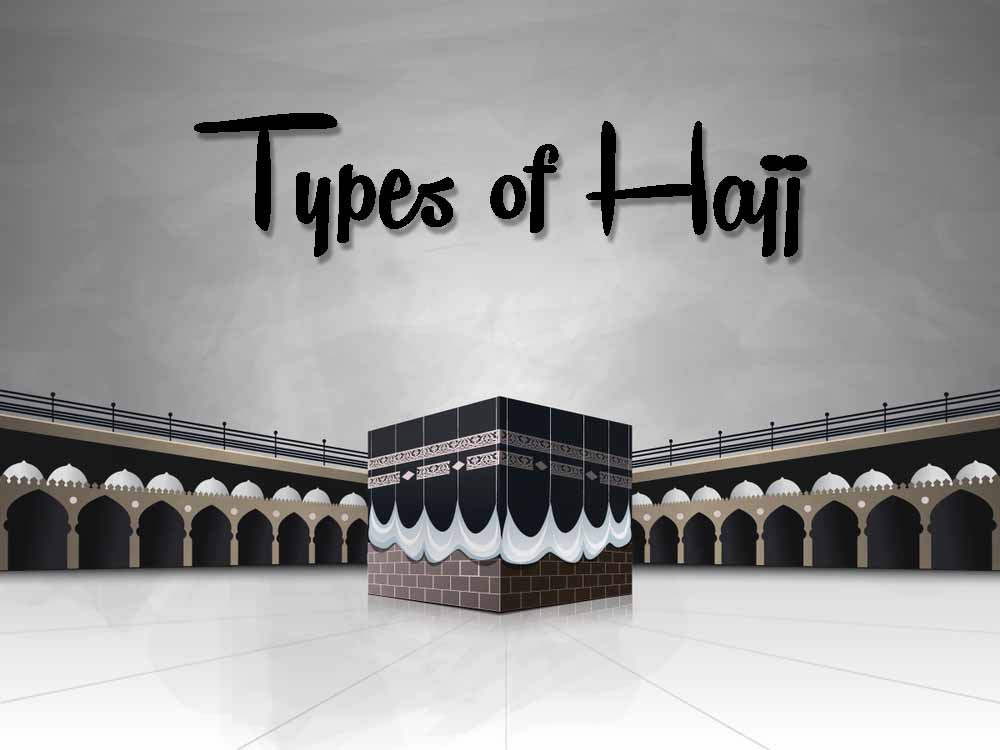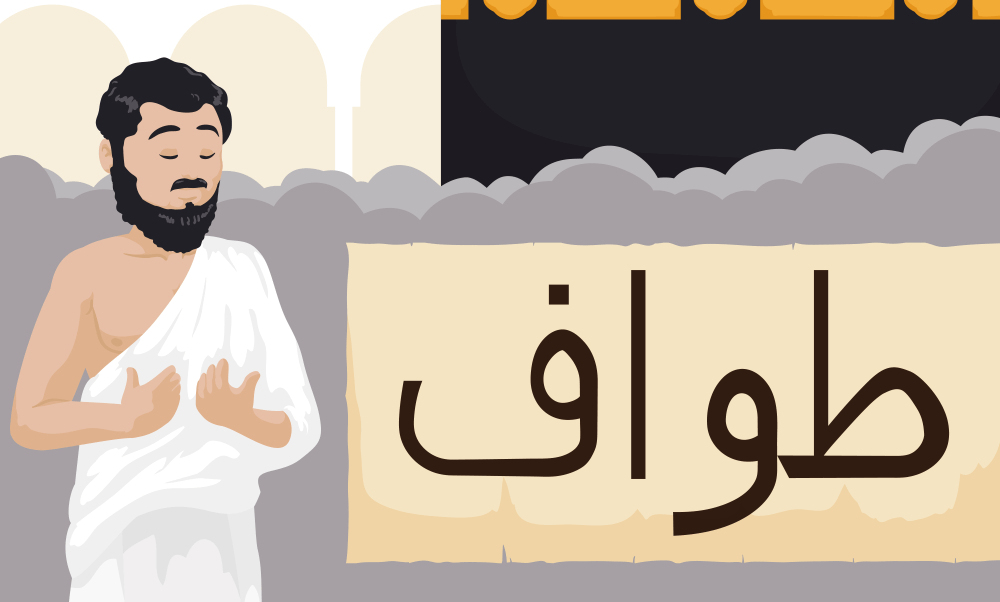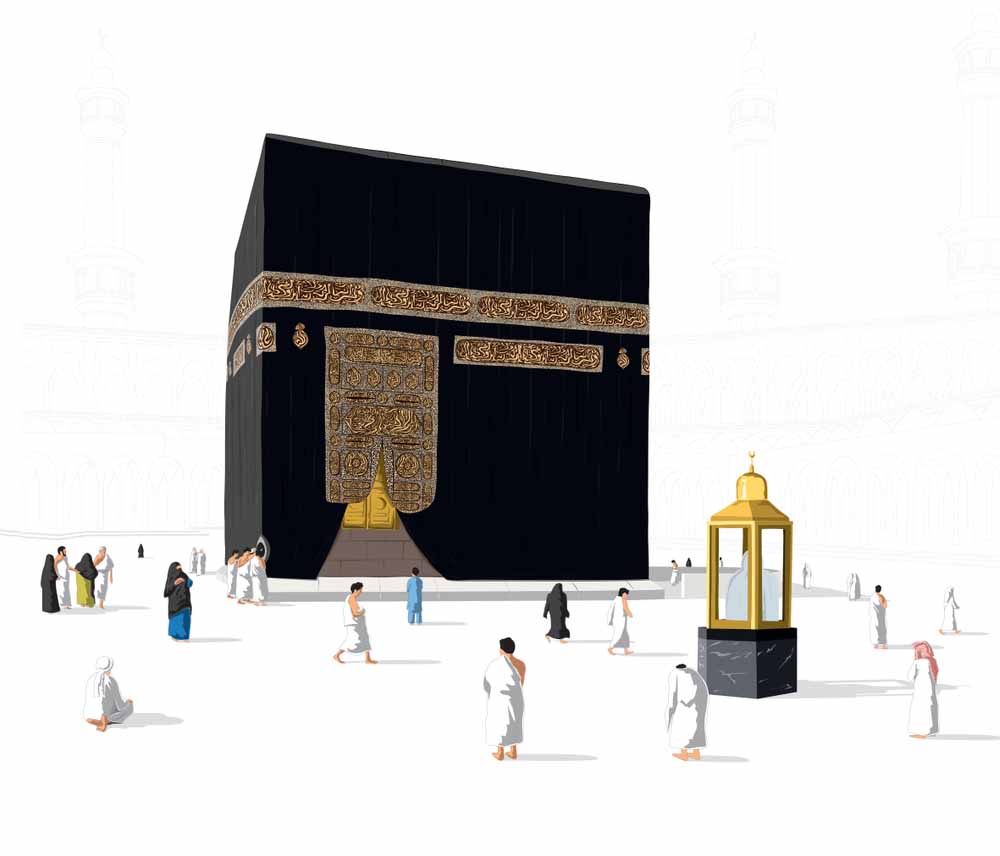Looking In To The Types Of Hajj And How They’re Done
Hajj is one of the five pillars of Islam. Performed in the 12th month of the Islamic lunar calendar, Hajj requires a complete demonstration of dedication, patience and self-control. Breaking a single of these, even to a slightest extent can affect your hajj. Each year, billions of Muslims from around the world gather around the holy Kaaba, where they perform hajj rituals and ask Allah SWT for forgiveness. Hajj requires some special steps be taken, which drifts the pilgrim into a state where all the other worldly deeds remain no longer in the attention. There are 4 types of hajj, where each one holds a specific set of rules and steps to be carried out:
1-Hajj e Qiran
One of the types of hajj, where umrah and hajj are performed while being in a single state of ihram. During the entire phase of being in ihram state, one cannot engage in any sort of worldly activity, because doing so can ultimately affect the ihram, for which there is sadqa. Hajj e qiran is performed by Qaarins. Since before entering the hajj phase, pilgrims have to perform an Umrah. And the ones who decide to remain in a single ihram state, make sure that nothing allows their state of qiraan, to break or get hindered. Men prepare for this ihram by performing cleansing rituals on their body, because for the next 10 days they can’t cut their nails or shave their hair. Similar to the basic ihram, hajj e qiran also requires one to wrap around two white cloths as per the ihram rules.
2-Hajj e Tamattu
Hajj e tamattu or hajj e mutta’a is one of the three types of hajj. Hajj e tamattu is considered as an obligatory hajj for the ones who are at a distance of 48 miles from Makkah where muslims gather to perform hajj and umrah. Pilgrims who make the neeyah for hajj e tamattu, begin by first performing an umrahtamattu. In this hajj, pilgrims get a leverage between the umrah e tamattu and hajj e tamattu, where they can do worldly things, while being in the state of ihram. All the forbidden actions become permissible during the gap between umrah and hajj in hajj e tamattu. So pilgrims, what they do is, they perform forbidden actions during the time when their hajj hasn’t begun and umrah is over.
3-Hajj e Ifrad
Now comes another type of the hajj, which is the hajj e ifrad. Pilgrims who intend for this hajj and perform it are called Mufrid. This particular type of hajj entails the process, where haajis have to enter Miqaat and get into the state of ihram, with the intention that they are doing so to perform the hajj alone. In hajj e ifrad, umrah and hajj are not performed as a part of the single, however, it is performed separately. While performing the hajj e ifrad, mufrids refrain from mixing hajj and umrah together. According to a few scholars, hajj e ifrad is performed by entering the state of ihram from Meeqat. Subsequent to which pilgrims perform the hajj rituals. Then they embark again, get into another ihram for umrah and then they perform that. So this is why hajj e ifrad is called ifrad, because it is done alone.
4-Hajj e Mabroor
Hajj e mabroor or the ‘accepted’ hajj is the one where pilgrims follow the hajj conditions to the fullest and make sure that all their actions have been validated and performed with full dedication. This hajj is done with full sincerity and pilgrims observing it stay away from all types of sinning activities, evil and also they away from engaging in sexual activities. Hajj is nonetheless considered as one of the best types of jihad one can demonstrate and those who stand successful on it, have rewards in this life and in hereafter.
When it comes to performing Hajj, nothing counts more than abstinence and sincerity. Of course, in many it is nonetheless the most difficult thing to achieve. During the Hajj, many observe fasts and increase the amount of prayers, so they can have an increase ajar for every small deed that they do. While being in the state of hajj, nothing matters more to Allah SWT than the person’s full dedication.





Thank you for sharing this insightful blog post on the different types of Hajj. As a reader who is interested in learning more about the Islamic pilgrimage, I found your article to be informative and well-structured.
You began by briefly introducing Hajj, highlighting its significance as one of the Five Pillars of Islam. This contextualization was helpful for readers who may not be familiar with the topic. Your explanation of the historical background and the Prophet Muhammad’s (peace be upon him) role in establishing the rituals of Hajj added depth and enriched the understanding of its importance within the Islamic faith.